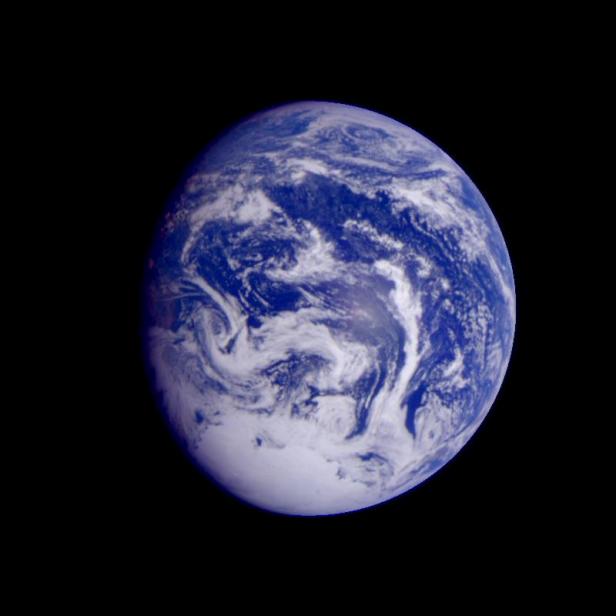
NASA
How Common are Water Worlds in the Galaxy?

If Kevin Costner wanted to make a sequel, he’s got plenty of opportunities. Water is by far the most common molecule in the universe. It’s made of two parts hydrogen and one part oxygen. Hydrogen is element number 1 (both on the period table and in abundance), and has been hanging around since the first 15 minutes of the Big Bang. Oxygen is forged in the hearts of sun-like stars, and spreads around when those stars die and turn themselves inside out. And since sun-like stars are also very popular, oxygen gets quite a boost.
The oxygen and hydrogen get together and make water.
All these water molecules (in the form of ice) get caught up in the formation of new stars, new solar systems, and new planets.
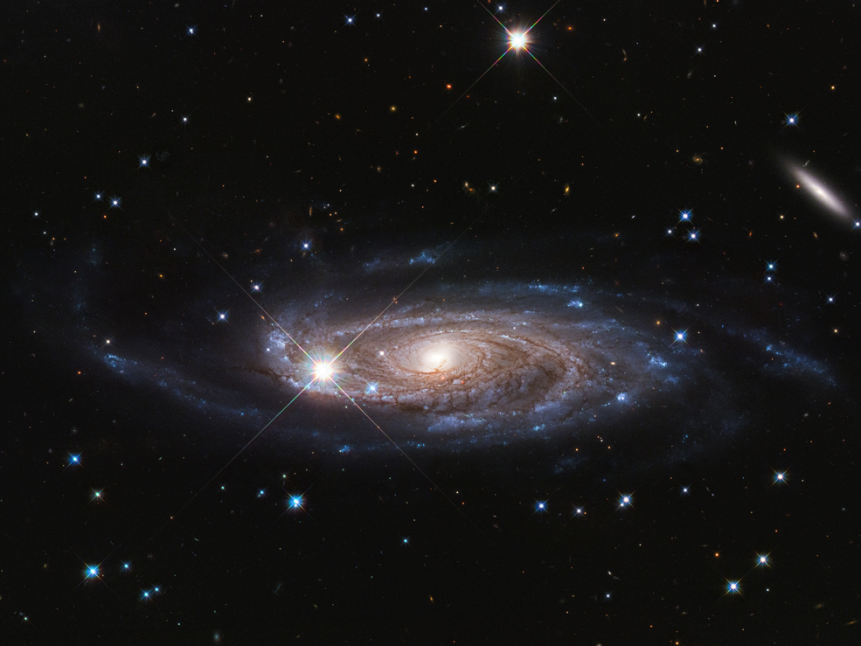
NASA/ESA/B. Holwerda (University of Louisville)
This Hubble Space Telescope photograph showcases the majestic spiral galaxy UGC 2885, located 232 million light-years away in the northern constellation Perseus. The galaxy is 2.5 times wider than our Milky Way and contains 10 times as many stars.
Like, for instance, the Earth.
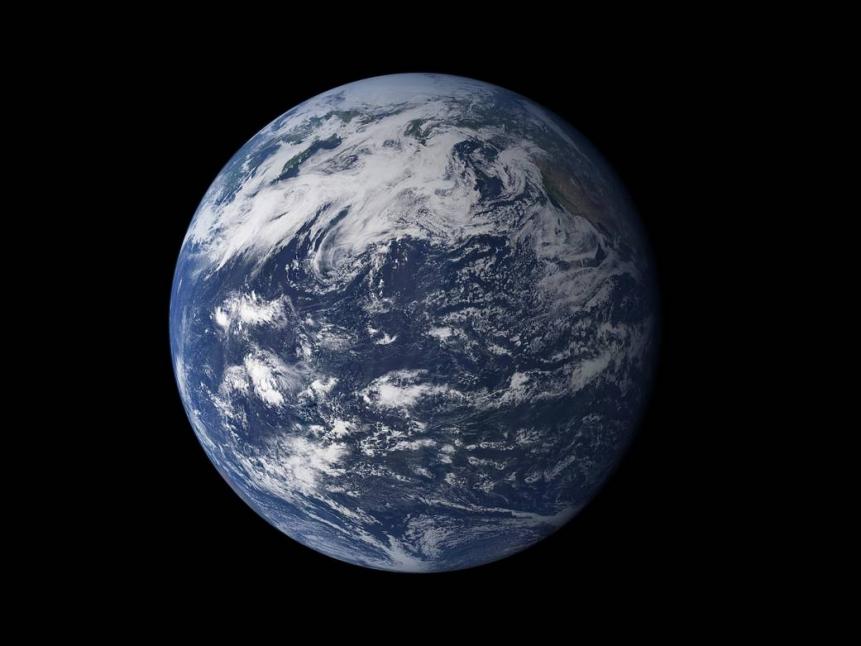
NASA
Viewed from space, the most striking feature of our planet is the water. In both liquid and frozen form, it covers 75% of the Earth's surface. It fills the sky with clouds. Water is practically everywhere on Earth, from inside the planet's rocky crust to inside the cells of the human body.
According to new research, a lot more ice than we originally thought may have contributed to the infant Earth, helping it grow in its first few million years of existence. At first, when our planet was only 1% of its current size, it grew only by accumulating little bits of ice and carbon. Once it got a little heftier, however, is started collecting more serious rocks.
But once our planet grew warmer, that initial cache of ice melted and made its way to the surface where we can enjoy those lovely ocean views today.
And if it happened here, it could happen anywhere. Since water is so dang common in the universe, anywhere you have the same conditions that led to the Earth (and even Venus and Mars, as those planets were also born with a lot of water), then you’ll likely end up with a liquid-coated planetary surface.
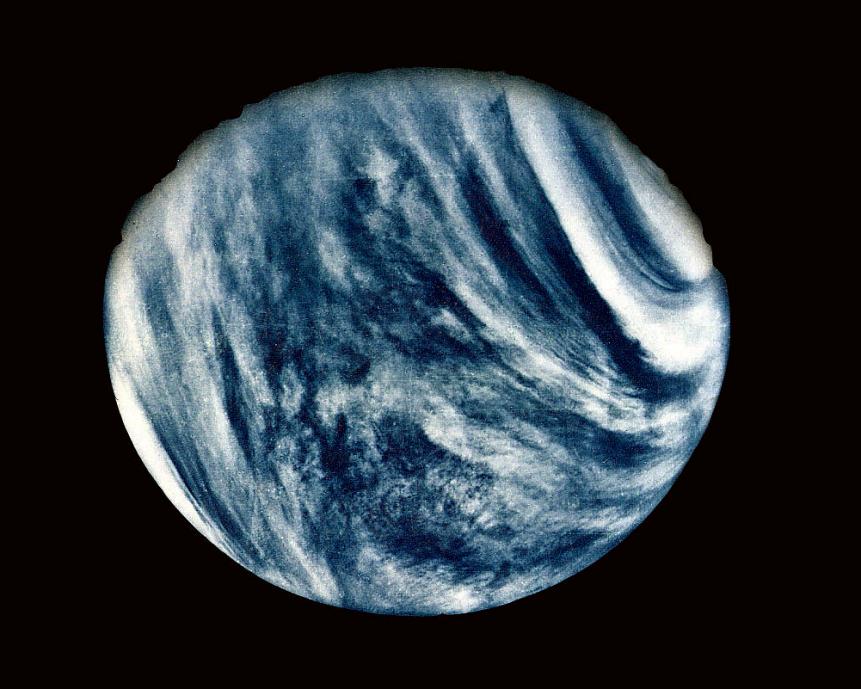
NASA
On Feb. 5, 1974, NASA's Mariner 10 mission took this first close-up photo of Venus.
Made using an ultraviolet filter in its imaging system, the photo has been color-enhanced to bring out Venus's cloudy atmosphere as the human eye would see it.
And since you never know exactly how much water you’re going to get in any random solar system, sometimes Earth-like planets may end up a little drier than our world, and sometimes a little wetter.
And sometimes a lot wetter.
It’s not only possible for Earth-like planets to be completely engulfed in liquid water oceans, they might be outright normal.
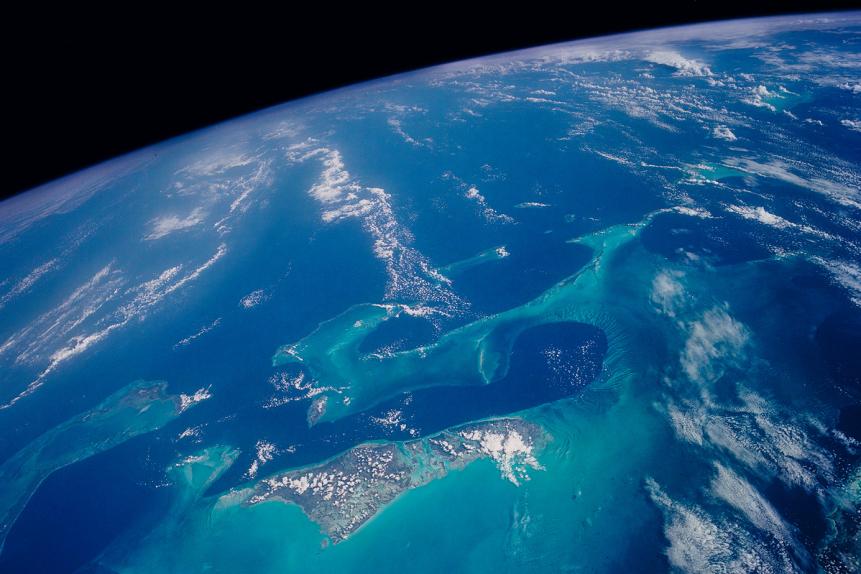
NASA
The Bahamas as seen from STS-52 in November 1992.
This has huge implications for the search for life outside the Earth. Right now, we’re targeting our searches for planets that look like our own and life that looks like us.
But nature is much more clever than we are, and life might take on a much more varied character than we’re used to. Of course, all of this is speculative right now: we have absolutely no evidence for any kind of life outside the Earth, and all our searches are coming up empty.
And maybe they’re coming up empty because we’re looking in all the wrong places. Earth-like planets with a mixture of wet oceans and dry continents might be relatively rare, and the most common forms of life in the galaxy may be purely aquatic (and presumably not very good at building fires, rockets, and radio emitters).



















